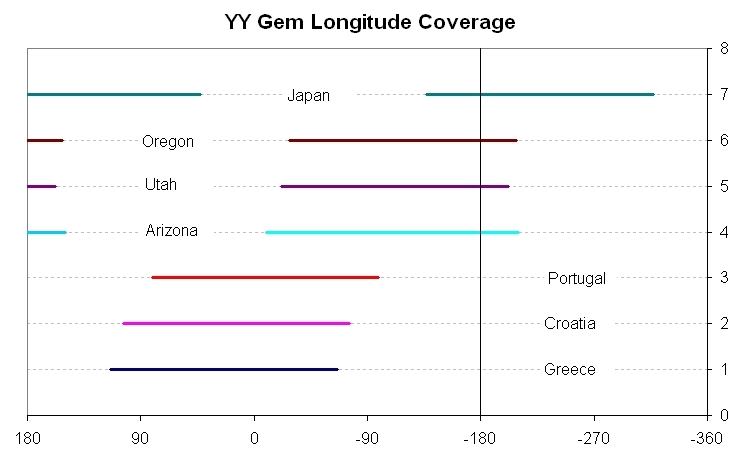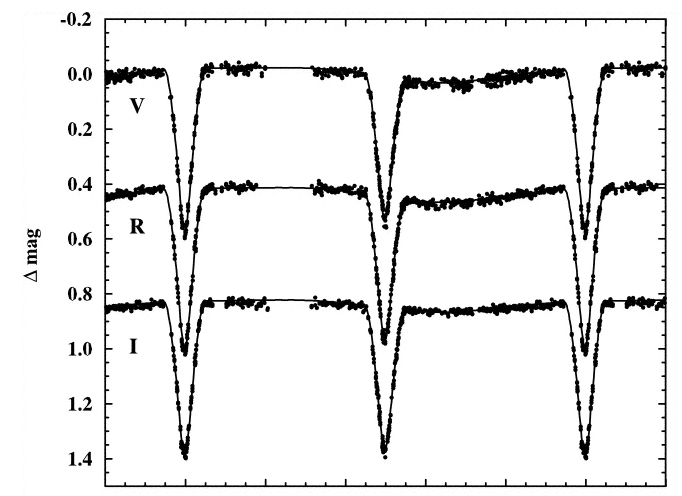YY Gem is a pair of M dwarfs in a 19.5-hr orbit that transit each other. Their radii are inexplicably larger than model predictions, which is typical of M dwarfs. This discrepancy has been explained by invoking magnetic fields but observational support is lacking. During Jan 3-12, 2012, Dr. Hebb performed spectropolarimetric observations of YY Gem in order to determine the magnetic field strength and brightness distributions of both components. At Dr. Hebb's request I assembled a team of advanced amateurs and coordinated photometric monitoring during her 10-day professional observing dates. The amateur light curves are currently being used by Dr. Hebb to constrain solutions for brightness distribution on the stars (i.e., starspot maps). This web page is an archive of those amateur observations, as well as unrequested follow-on observations by amateurs whose curiosity was aroused by unexpected results from the scheduled observations.Links to Sections on This Web Site
Published light curves show that transit depths are about the same for primary and secondary transits, both transit depths decrease with wavelength and a small out-of-transit (OOT) variation is present. Flaring activity has been noted but not systematically studied. The amateur observations of this investigation are higher quality than all previous investigations; they have better wavelength coverage (B- to z'-band), essentially continuous multi-band monitoring during the 10-day observing period, and additional frequent observations for more than one year.
The transit identified as secondary a decade ago is now deeper than the other transit. The tentative explanation for this is that starspots at critical longitudes have changed during the past decade. This explanation has additional support from recent observations (November, 2012) showing that the OOT pattern has changed significantly during the past 8 months, as have the two transit depths - which implies very dynamic starspot activity! This, in turn, suggests that at least one of the YY Gem components is magnetically active. Indeed, during the October to mid-December, 2011 observations (for refining observing procedures) flaring was absent, but during the scheduled 10-day intensive monitoring period (Jan 3-12, 2012) flaring was very common. Because of these observations we have confidence in identifying the 2011/12 deepest transit as the historically identified "secondary" transit. This permits the determination of a greatly improved ephemeris, accurate to ~ 1 millisecond. It is anticipated that observations by amateurs will continue throughout the 2012/13 observing season for the purpose of monitoring OOT and transit depth changes on a monthly basis.
| Ref Star #1
(07:34:26.3, +31:51:00) |
B |
V |
Rc |
Ic |
g' |
r' |
i' |
z' |
UCAC3a |
J |
K |
Bt |
Vt |
B-V |
| Published catalogs |
9.683 |
8.267(21) |
7.688(18) |
11.312 |
10.069 |
|||||||||
| Based on above |
11.014(Tycho) |
9.984(UCAC3), 9.957(Tycho),9.96(JK) |
9.445(JK) |
8.976(JK) |
||||||||||
| All-sky, 2011.10.28 |
10.917 ± 0.020 |
9.947 ± 0.016 |
9.419 ± 0.013 |
8.988 ± 0.016 |
+0.970 ± 0.026 |
|||||||||
| Conversions from all-sky BVRcIc Jester et al (2005) |
10.409 ± 0.020* |
9.650 ± 0.030* |
9.459 ± 0.045* |
9.318 ± 0.045* |
||||||||||
| Consensus (final in bold) |
10.917
± 0.020 |
9.947
± 0.016 |
9.419
± 0.013 |
8.988
± 0.016 |
10.409 ± 0.020* |
9.650 ± 0.030* |
9.459 ± 0.045* |
9.318 ± 0.045* |
8.267 ± 0.021 |
7.688 ± 0.018 |
+0.970 ± 0.026 |
| YY Gem |
B |
V |
Rc |
Ic |
g' |
r' |
i' |
z' |
UCAC3a |
J |
K |
B-V |
| Published |
8.99(L&S), 8.4(JK) |
7.10(L&S) |
8.533 |
6.073 |
5.236 |
|||||||
| Based on above |
9.07 (UCAC3) |
7.05 (JK) |
||||||||||
| All-sky, 2011.10.28 |
10.451 ± 0.018 |
9.062 ± 0.013 |
8.156 ± 0.009 |
7.193± 0.012 |
9.775± 0.020* |
8.589± 0.030* |
7.912± 0.045* |
7.342± 0.045* |
+1.389 ± 0.023 |
|||
| Consensus (final in bold) |
10.451
± 0.018 |
9.062
± 0.013 |
8.156
± 0.009 |
7.193±
0.012 |
9.775± 0.020* |
8.589± 0.030* |
7.912± 0.045* |
7.342± 0.045* |
6.073 ± 0.0?? |
5.236 ± 0.0?? |
+1.389
± 0.023 |
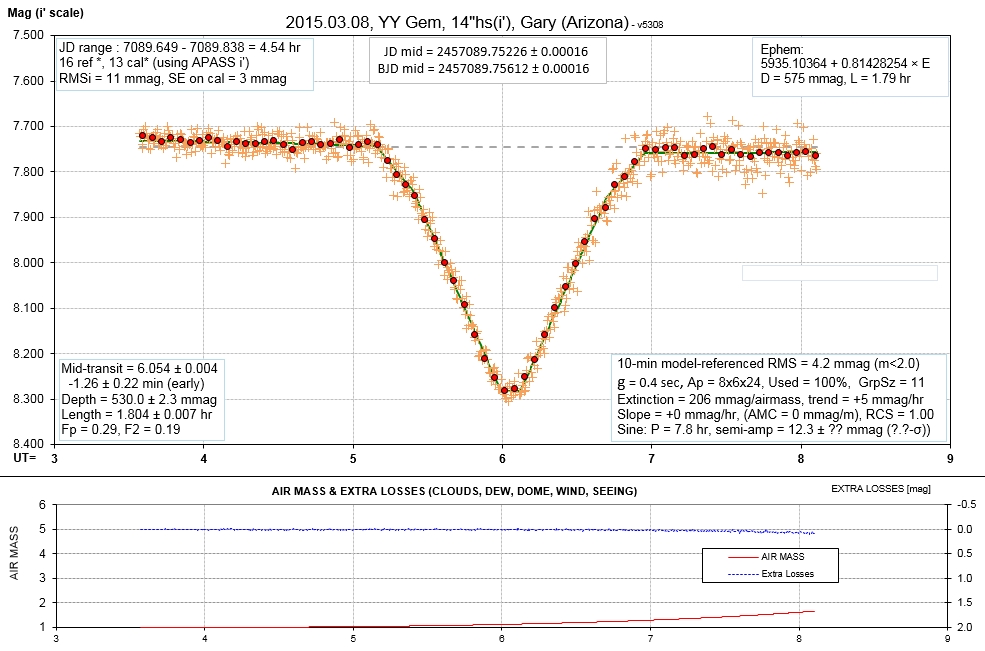
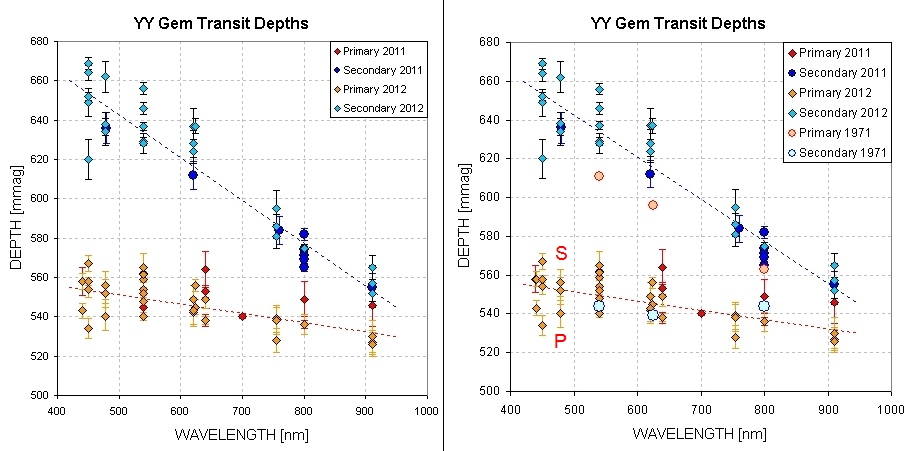


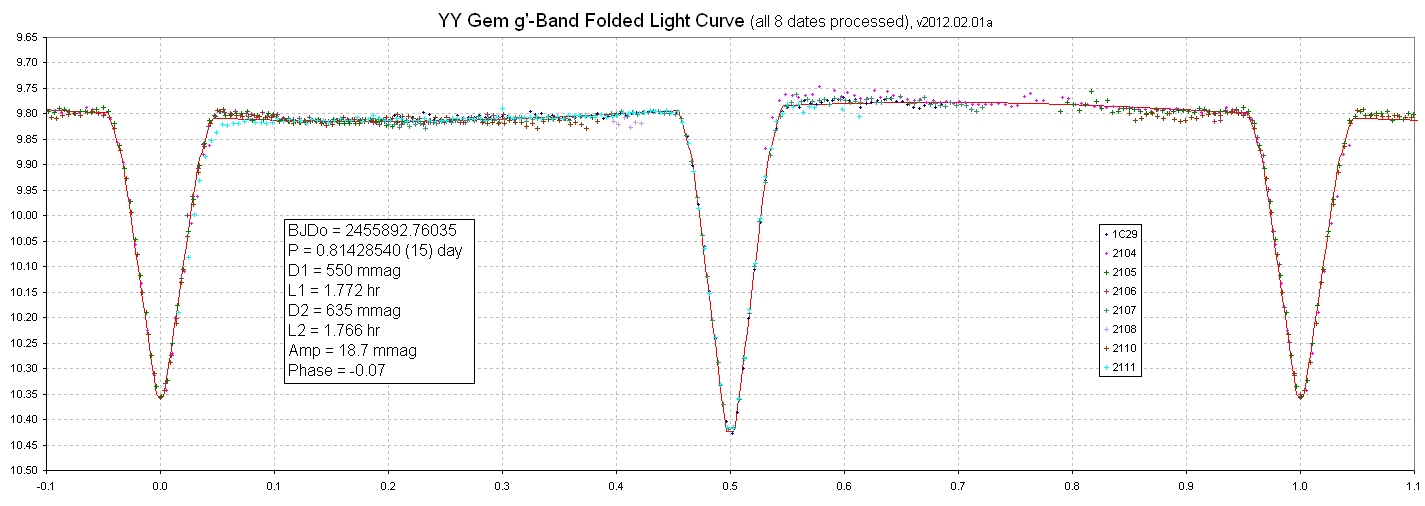
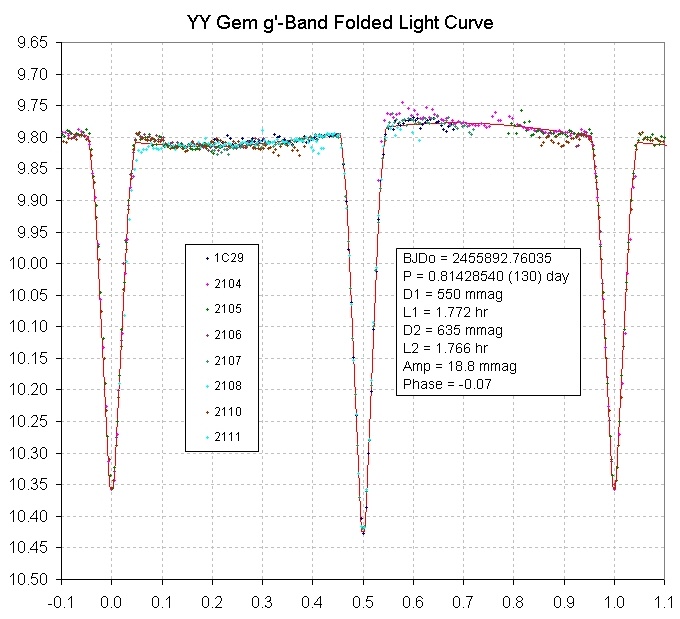
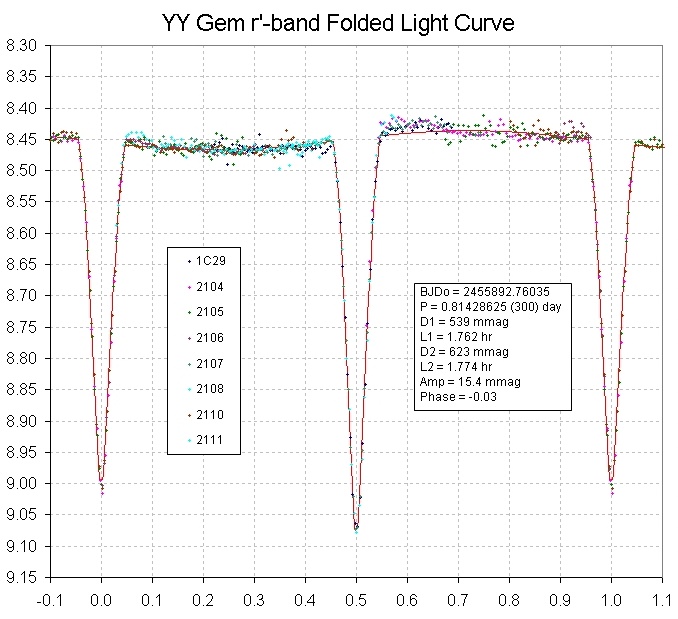
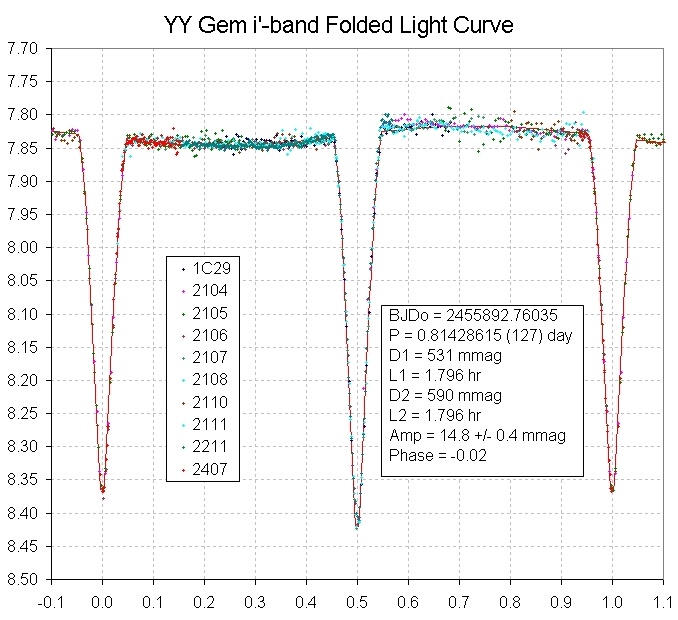
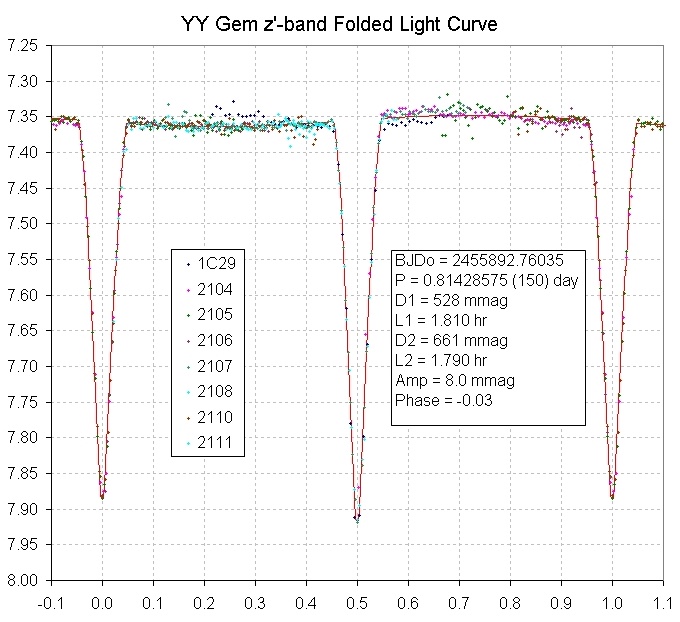


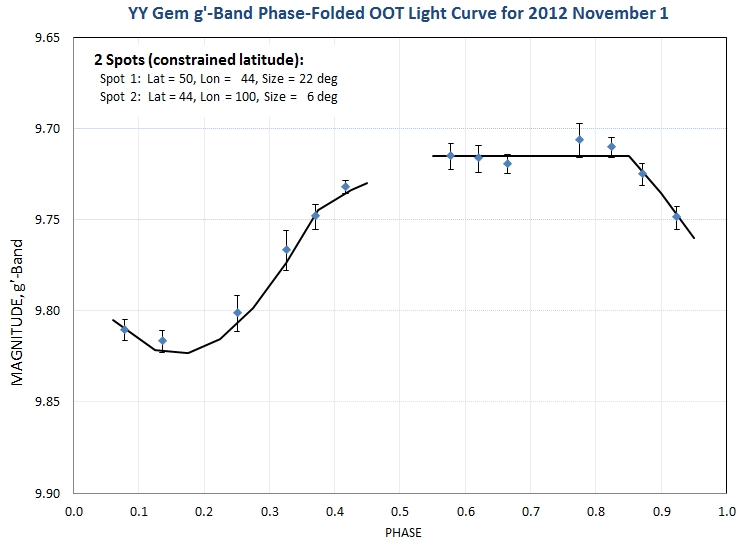
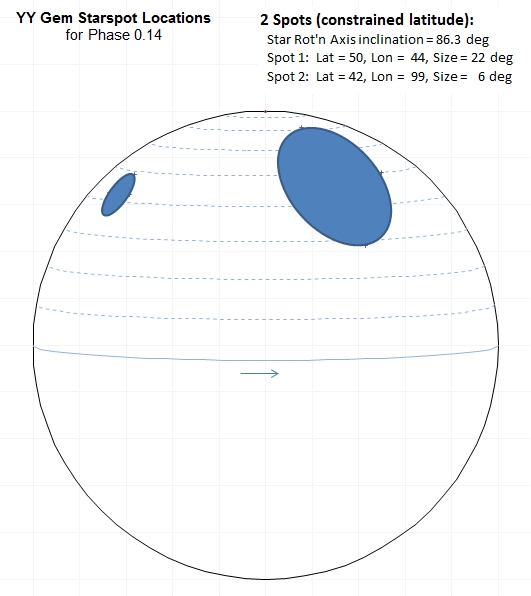
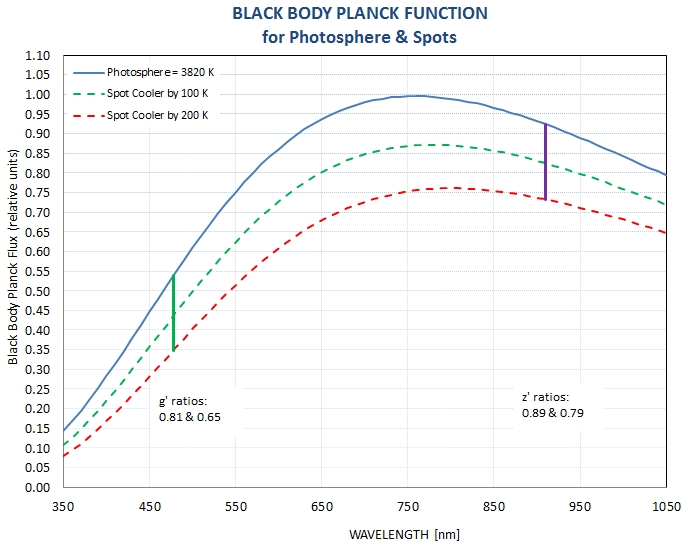
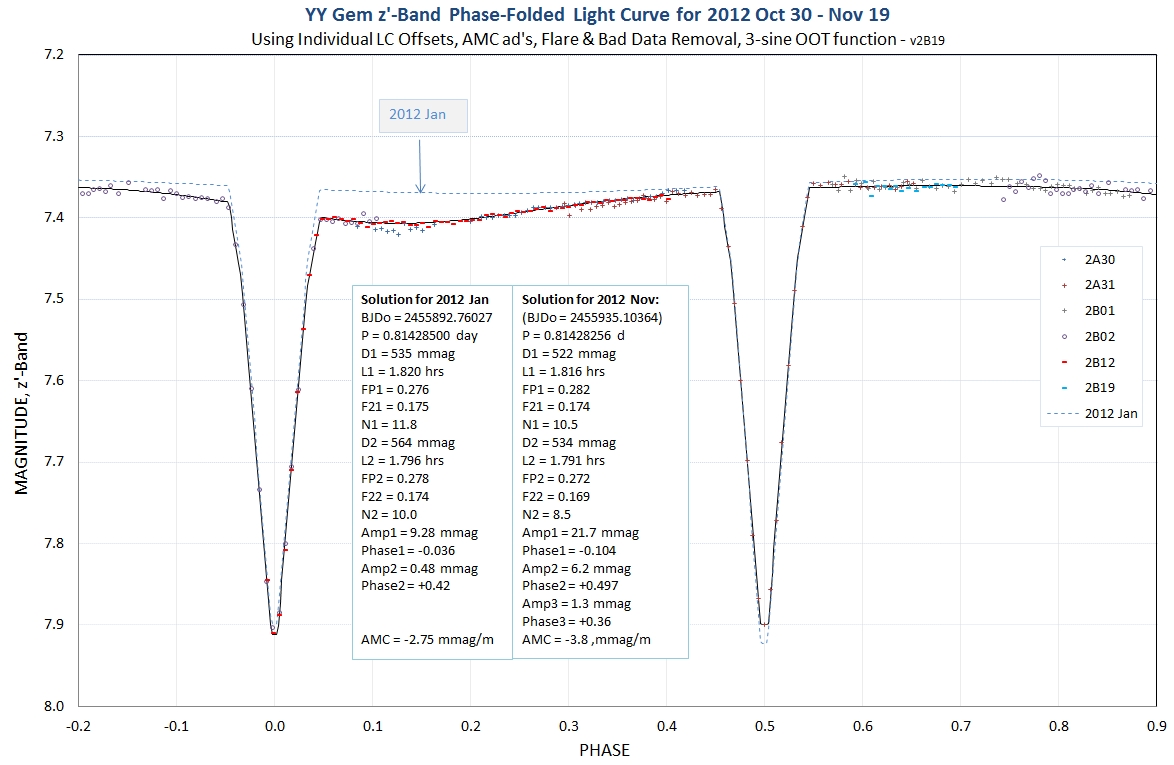

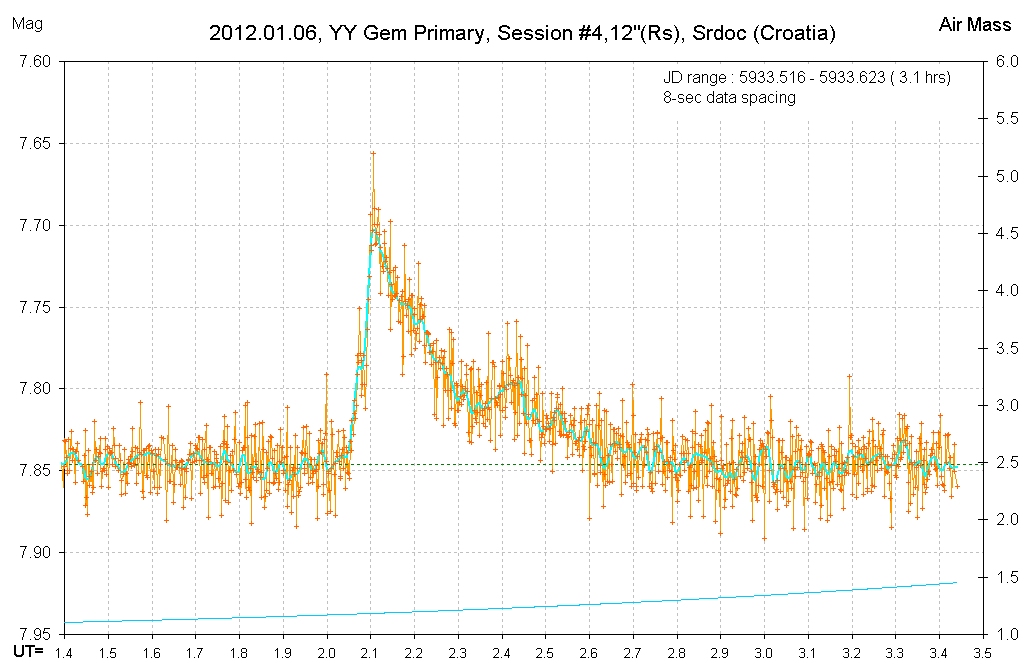
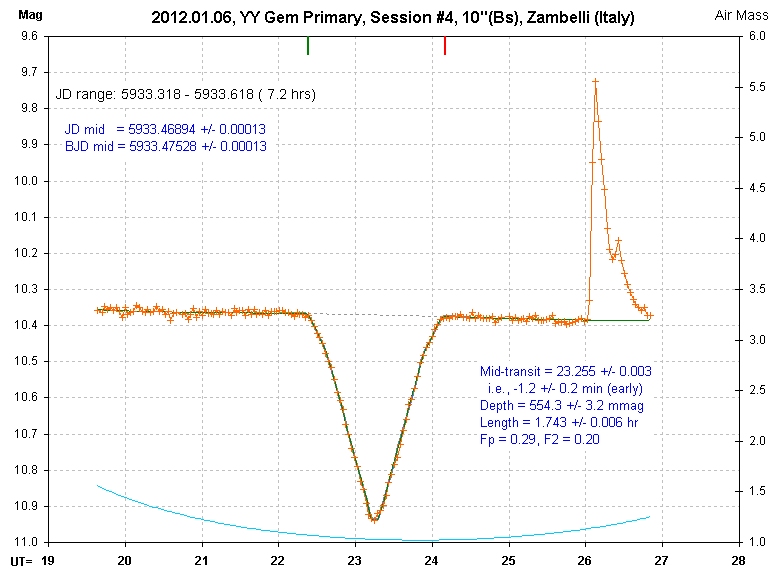
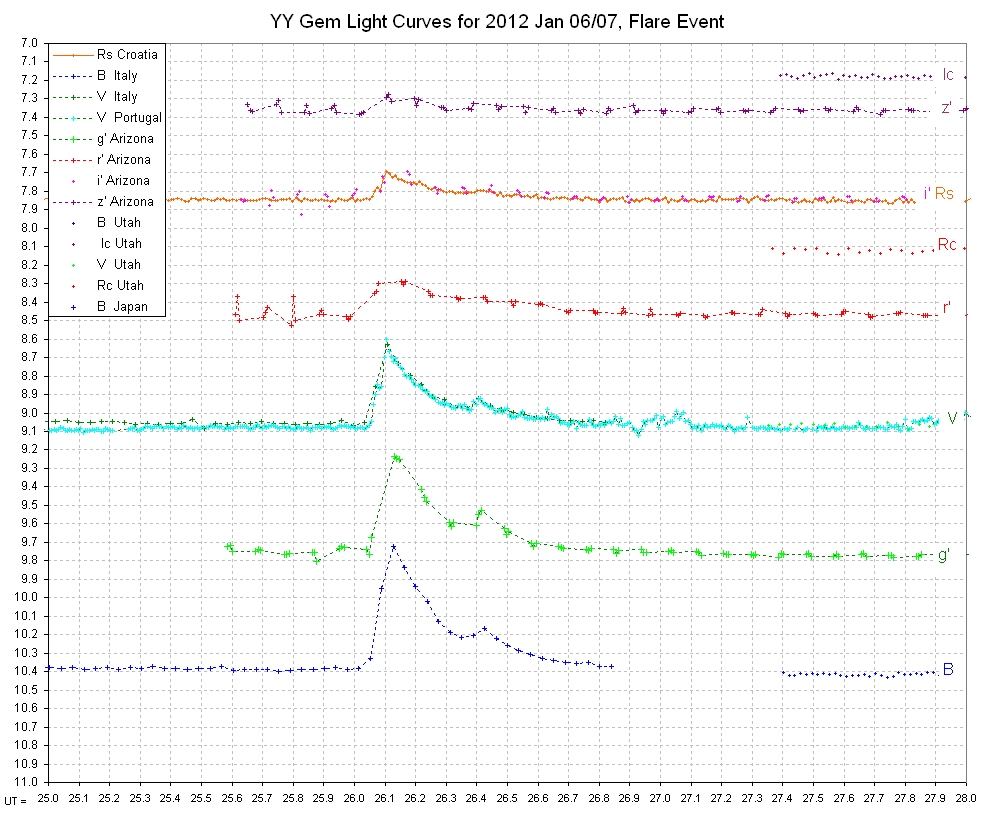
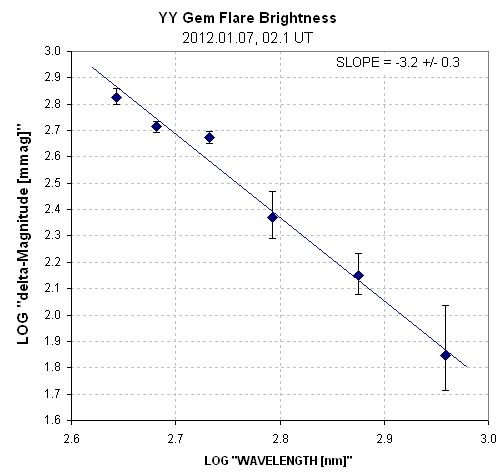
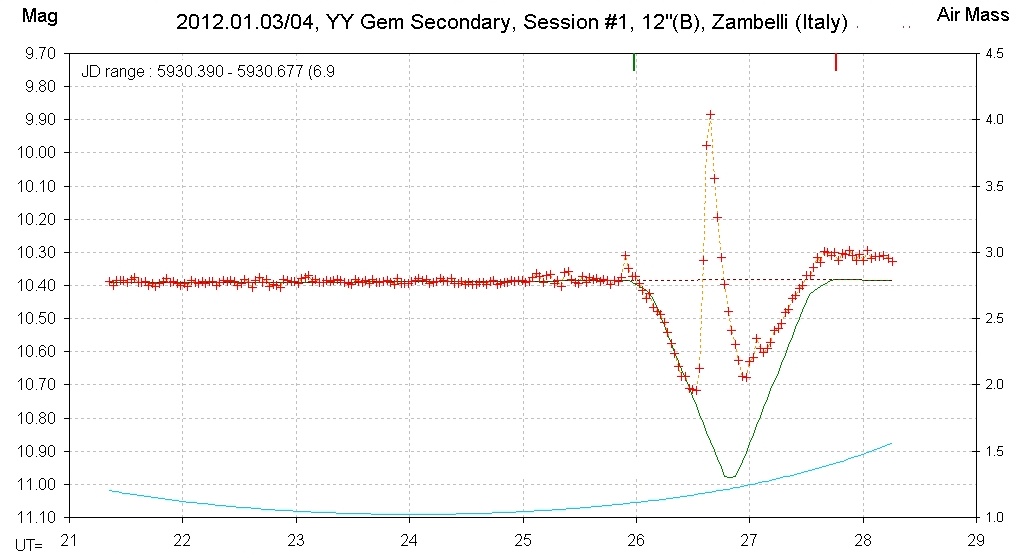
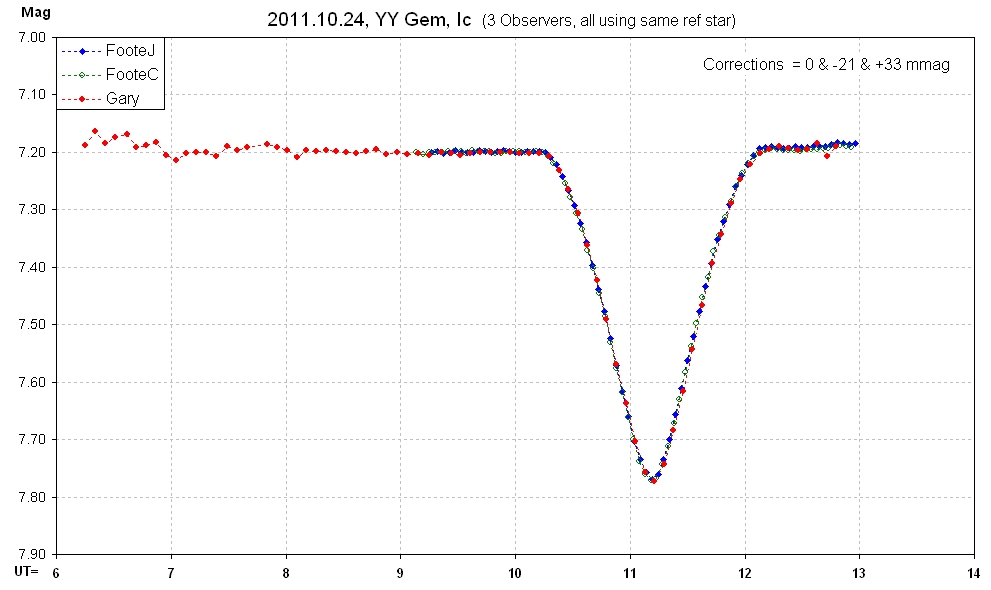

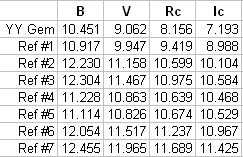
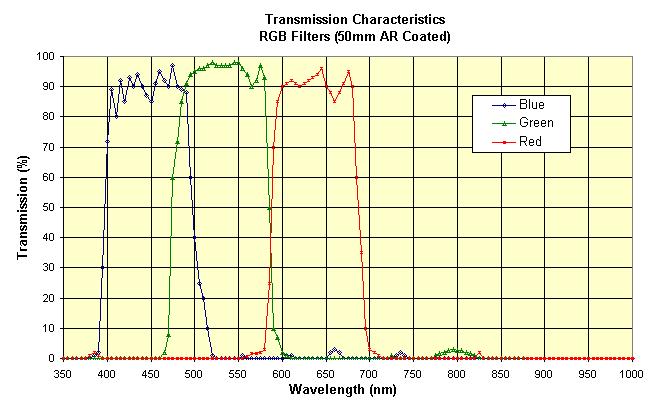
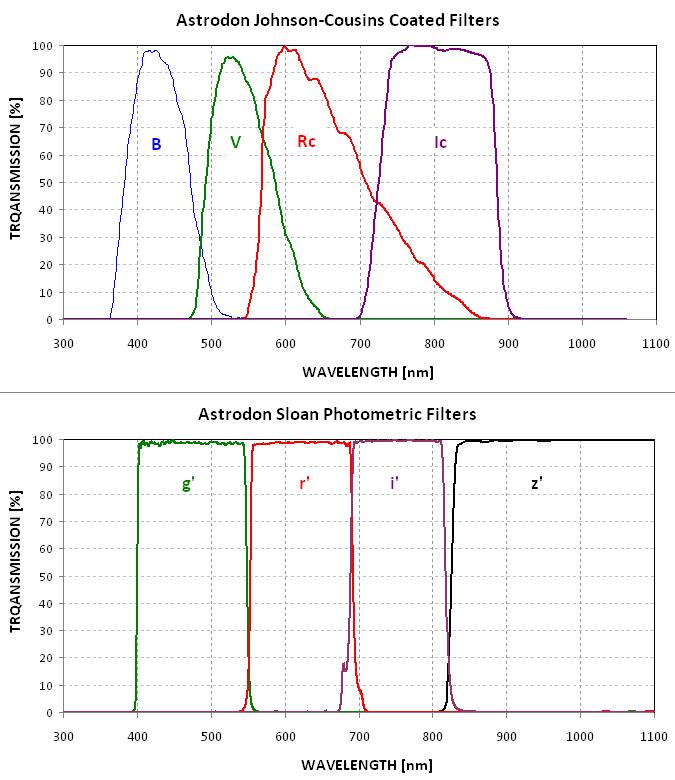
 Figure 30. All-sky star
color dependencies used for estimating effective bandwidth of
various filters (as described in the text).
Figure 30. All-sky star
color dependencies used for estimating effective bandwidth of
various filters (as described in the text). 